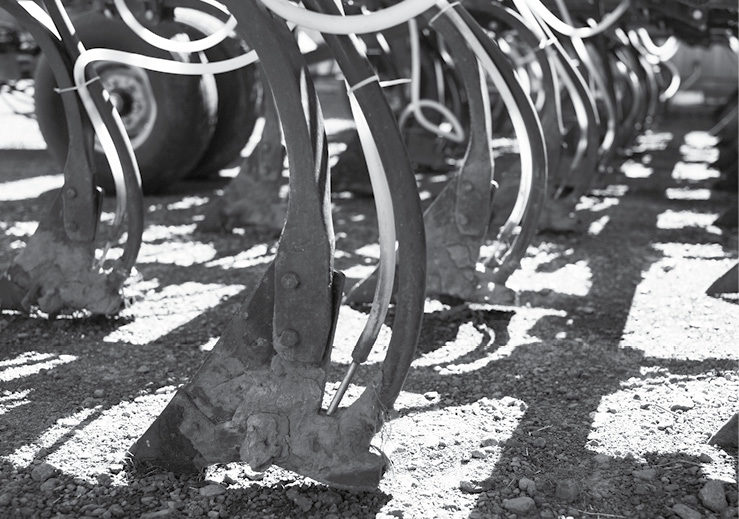No-Till Farmer
Get full access NOW to the most comprehensive, powerful and easy-to-use online resource for no-tillage practices. Just one good idea will pay for your subscription hundreds of times over.

Name: Read Smith
Location: St. John, Wash. (operates Smith Family Farms with wife Deanna and son Jeremy)
Years Of No-Tilling: 34
Acres No-Tilled: 5,000 (9,000 total acres farmed and ranched)
Crops No-Tilled: Wheat (hard red winter and spring; soft white winter and spring), barley, peas, lentils, oats, canola (winter and spring), mustard, safflower, sunflower, millet and alfalfa#
We're no doubt biased, but my family and I think there are few more breathtaking views of production agriculture than seen from the highest point of our farm in the Palouse region of eastern Washington. In midsummer, flowing fields of crops — which may include wheat, canola, barley, sunflowers, mustard, alfalfa, peas and lentils — stretch across the hills to the horizon.
I’m fortunate to be the third generation of my family to live on this unique piece of land, inheriting a history of soil stewardship started by my grandfather and father. Now I’m passing that heritage to my son, Jeremy.
As fetching and fertile as it is, however, the 4,000-square-mile Palouse region is somewhat of an enigma in that it’s also one of the most fragile farmland areas in the world. Decades of traditional tillage methods on our steep loess slopes — many in excess of 40 degrees — have taken their toll, with some pretty ugly results.
A recent article in Scientific American estimated that “by the late 1970s, soil erosion in the Palouse had removed 100% of the topsoil from 10% of the cropland, along with another…